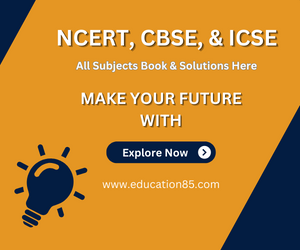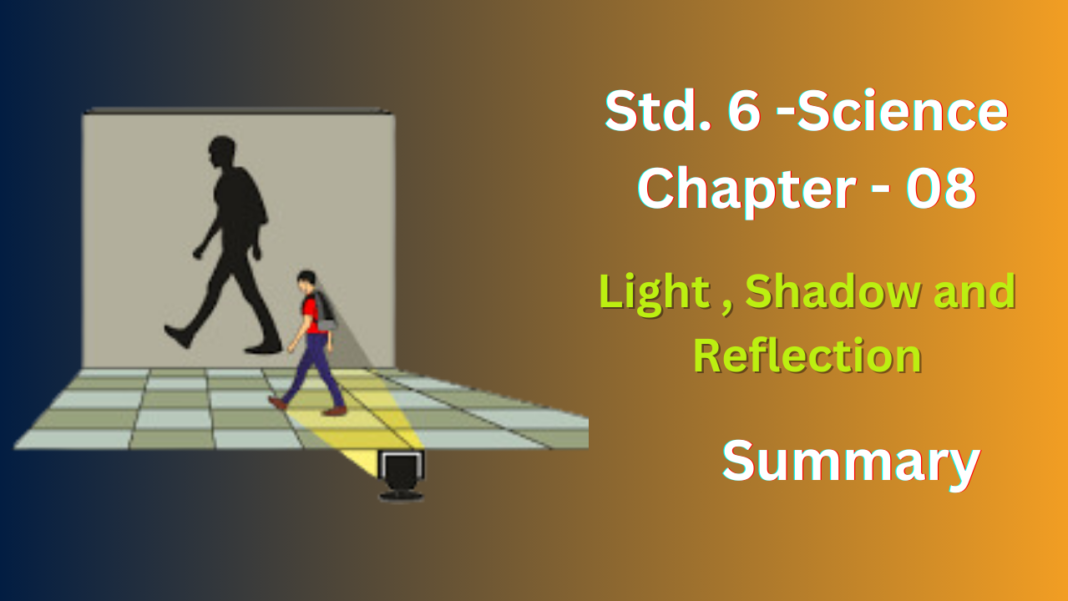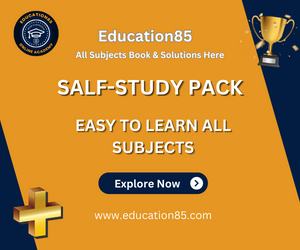NCERT Solution for Class 6 Science Chapter 8
The chapter Light Shadow and Reflection explores the fundamental concepts of Light Shadow and Reflection laying the foundation for understanding light-related phenomena in the natural world. Here’s a concise summary:
1. Light:
- Source of light: The chapter introduces various sources of light, such as the sun, stars, fire, and electric bulbs.
- Properties of light: It might touch upon basic properties of light, such as traveling in straight lines and its ability to be reflected and refracted.
2. Shadows:
- Formation of shadows: The chapter explains how shadows are formed when an opaque object blocks the path of light.
- Shape of shadows: Shadows generally have the same shape as the object casting them, depending on the position of the light source.
- Transparency and shadows: Transparent objects allow light to pass through and do not cast distinct shadows.
3. Reflection:
- Reflection of light: The chapter introduces the concept of reflection, where light bounces off a smooth surface and changes direction.
- Types of reflection: Different types of reflection, such as regular (mirror-like) and diffuse (scattered) reflection, might be introduced.
- Examples of reflection: Everyday examples of reflection, such as seeing your image in a mirror or light reflecting off water, might be discussed.
4. Importance of light shadow and reflection :
- The chapter may highlight the importance of these concepts in various aspects of daily life, such as:
- Vision: Light allows us to see our surroundings.
- Timekeeping: Shadows can be used to tell time, as in the case of sundials.
- Safety: Understanding reflection is important for understanding traffic signals and road safety.
- Technology: Reflection plays a role in various technologies like mirrors and telescopes.
Additional points:
- The chapter might use diagrams and illustrations to explain the formation of shadows and reflection.
- Depending on the textbook, the depth of details and scientific explanations may vary.
NCERT Solution for Class 6 Science Chapter 8
1 .Rearrange the boxes given below to make a sentence that helps us understand opaque objects.
| OWS | AKE | OPAQ | UE O | BJEC | T SM | SHAD |
Ans : Opaque objects cast shadows
2. Classify the objects or materials given below as opaque, transparent or translucent and luminous or non-luminous:
Air, water, a piece of rock, a sheet of aluminium, a mirror, a wooden board, a sheet of polythene, a CD, smoke, a sheet of plane glass, fog, a piece of red hot iron, an umbrella, a lighted fluorescent tube, a wall, a sheet of carbon paper, the flame of a gas burner, a sheet of cardboard, a lighted torch, a sheet of cellophane, a wire mesh, kerosene stove, sun, firefly, moon.
Ans : Here’s the classification of the objects/materials as opaque, transparent, translucent, luminous, or non-luminous:
Opaque:
- Piece of rock
- Sheet of aluminium
- Wooden board
- Sheet of cardboard
- Wall
- Sheet of carbon paper
Transparent:
- Air
- Water
- Sheet of plane glass
Translucent:
- Sheet of polythene
- CD (partially transparent)
- Smoke
- Fog
- Sheet of cellophane
- Wire mesh (partially translucent)
Luminous:
- Sun
- Firefly
- Flame of a gas burner
- Lighted fluorescent tube
- Lighted torch
Non-luminous:
- A mirror (although it reflects light, it doesn’t emit its own)
- Moon (reflects sunlight)
- Umbrella (made of fabric, not light-emitting)
- Kerosene stove (not inherently luminous, but the flame is)
3. Can you think of creating a shape that would give a circular shadow if held in one way and a rectangular shadow if held in another way?
Ans : Yes, there is a shape that can cast both a circular and a rectangular shadow depending on its orientation: A cylinder.
- Circular shadow: When the cylinder is held vertically with its circular base facing the light source, it casts a circular shadow. This is because all points on the circular base are at the same distance from the light source, creating a circular outline on the ground.
- Rectangular shadow: When the cylinder is held horizontally with its curved side facing the light source, it casts a rectangular shadow. This is because the light falls on the entire length of the cylinder, creating a rectangular outline on the ground that reflects the cylinder’s height and width.
4. In a completely dark room, if you hold up a mirror in front of you, will you see a reflection of yourself in the mirror?
Ans : In a completely dark room, if you hold up a mirror in front of you, you will not see a reflection of yourself in the mirror. This is because:
- Mirrors reflect light: Mirrors do not produce light themselves. They work by reflecting incoming light rays back in the direction they came from.
- No light in a dark room: In a completely dark room, there are no light rays present to be reflected by the mirror. Without light, the mirror cannot fulfill its function of reflecting and forming an image.
NCERT Solution for Class 6 Science Chapter 8
FAQ’s
What topics are covered in Class 6 Science Chapter 8?
In this chapter, you will learn about light shadows and reflection. Explore how light travels, how shadows are formed, and how reflection occurs.
How can NCERT Solutions help me understand light shadow and reflection better?
NCERT Solutions provide detailed explanations and step-by-step solutions to the exercises, helping you grasp concepts effectively and apply them confidently.
Are there any practical examples or activities included in this chapter?
Yes, this chapter includes various activities and examples to help you understand the concepts better. You will engage in experiments related to light shadow and reflection, enhancing your practical knowledge.
How can I leverage these solutions for exam preparation?
By practicing the questions and exercises provided in NCERT Solutions, you can strengthen your grasp of the chapter’s concepts and enhance your problem-solving abilities, essential for exam readiness.
Can I access additional resources on light shadow and reflection?
In addition to NCERT Solutions, supplementary materials such as videos, animations, and interactive simulations are available to augment your understanding and exploration of these topics.









